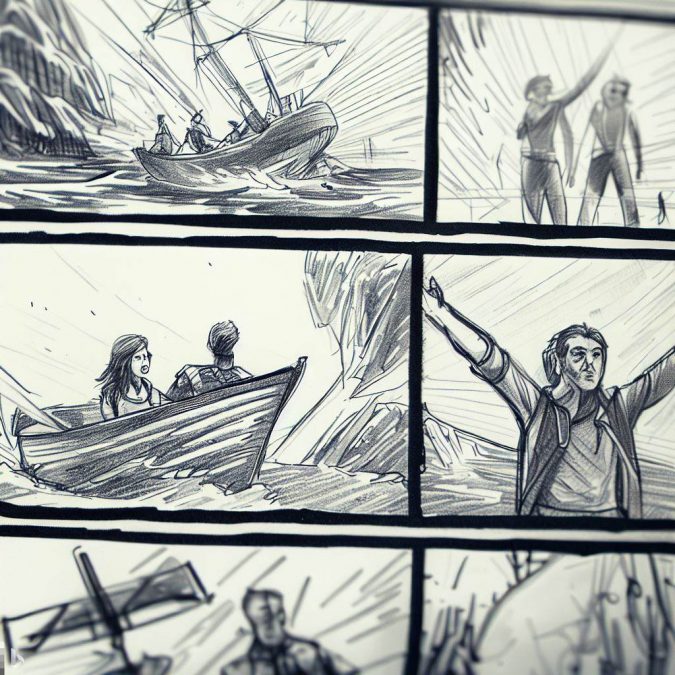Introduction: The Emergence of Interactive Film and the Need for Artificial Intelligence
Interactive film is a relatively new form of media that has been gaining traction in recent years. It is a type of film that allows viewers to interact with the story and make choices that affect the outcome of the film. This type of film has been made possible by advances in technology, such as artificial intelligence (AI). AI is a form of computer science that enables machines to learn from data and make decisions without human intervention. AI has become increasingly important in interactive film, as it allows for more personalized and immersive experiences. In this article, we will explore the role of AI in interactive film, the benefits and challenges it presents, and the potential for future development.
Understanding Neural Networks and their Role in Interactive Film
Neural networks are a type of AI that are modeled after the human brain. They are composed of interconnected nodes that process data and make decisions based on the information they receive. In interactive film, neural networks are used to create personalized experiences for viewers. For example, they can be used to track a viewer’s choices and preferences and tailor the film’s narrative accordingly. Neural networks can also be used to generate new content, such as dialogue or visuals, based on the viewer’s choices. This allows for a more immersive experience, as the film can be tailored to the individual viewer.
The Benefits of Artificial Intelligence in Interactive Film: Personalization and Immersion
AI has the potential to revolutionize interactive film by providing a more personalized and immersive experience. By using AI to track a viewer’s choices and preferences, the film can be tailored to their individual tastes. This allows for a more engaging experience, as the viewer is able to make choices that affect the outcome of the film. AI can also be used to generate new content, such as dialogue or visuals, based on the viewer’s choices. This allows for a more immersive experience, as the film can be tailored to the individual viewer.

Challenges and Limitations of AI in Interactive Film: Ethics and Creativity
Although AI has the potential to revolutionize interactive film, there are some challenges and limitations that must be addressed. One of the main challenges is the ethical implications of using AI in interactive film. AI can be used to track a viewer’s choices and preferences, which raises questions about privacy and data protection. Additionally, AI can be used to generate new content, which raises questions about creativity and authorship. These issues must be addressed in order for AI to be used effectively in interactive film.
Case Studies: Successful Implementation of AI in Interactive Film
AI has been successfully implemented in a number of interactive films. For example, the interactive film “Black Mirror: Bandersnatch” used AI to track a viewer’s choices and generate new content based on those choices. The film was a success, as it allowed viewers to make choices that affected the outcome of the film and provided a more immersive experience. Additionally, the interactive film “Late Shift” used AI to generate new dialogue based on the viewer’s choices. This allowed for a more personalized experience, as the film was tailored to the individual viewer.

Future Directions: The Potential of AI in Interactive Film and the Need for Further Research
AI has the potential to revolutionize interactive film by providing a more personalized and immersive experience. However, there is still a need for further research in order to fully realize this potential. For example, more research is needed to address the ethical implications of using AI in interactive film. Additionally, more research is needed to explore the potential of AI to generate new content, such as dialogue or visuals. Finally, more research is needed to explore the potential of AI to create personalized experiences for viewers.
Conclusion
In conclusion, AI has the potential to revolutionize interactive film by providing a more personalized and immersive experience. AI can be used to track a viewer’s choices and preferences and generate new content based on those choices. However, there are some challenges and limitations that must be addressed, such as the ethical implications of using AI in interactive film. Additionally, more research is needed to explore the potential of AI to create personalized experiences for viewers. With further research and development, AI has the potential to revolutionize interactive film and provide viewers with a more engaging and immersive experience.





